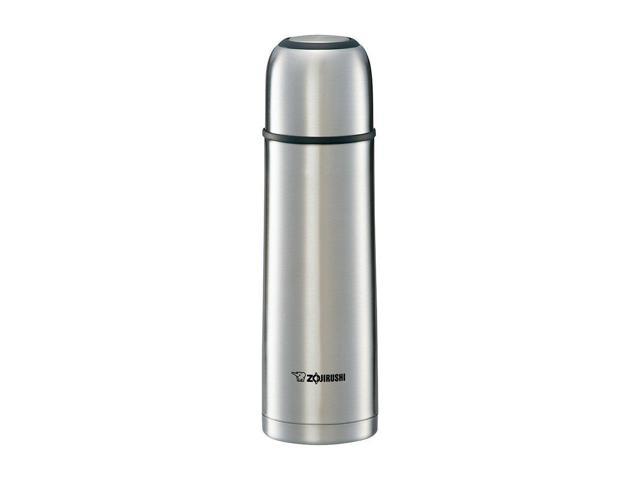1 General sampling techniques.- 1.1 Sampling goals and requirements.- 1.1.1 Ambient sampling.- 1.1.1.1 General objectives.- 1.1.1.2 Meteorological considerations.- 1.1.1.3 Sampling site criteria.- 1.1.1.4 Sample scheduling.- 1.1.2. Source sampling.- 1.1.2.1 General objectives.- 1.1.2.2 Stationary source sampling.- 1.1.2.3 Mobile source sampling.- 1.2 Sampling methods.- 1.2.1 General sampling system considerations.- 1.2.1.1 Intake and transfer component.- 1.2.1.2 Collection component.- 1.2.1.3 Flow measurement component.- 1.2.1.4 Air moving component.- 1.2.2 Aerosols.- 1.2.2.1 Aerosol sampling considerations.- 1.2.2.2 Aerosol sampling collection components.- 1.2.2.3 Ambient aerosol sampling applications.- 1.2.2.4 Emission source aerosol sampling applications.- 1.2.3 Gases.- 1.2.3.1 Gas sampling considerations.- 1.2.3.2 Gas sampling collection components.- 1.2.3.3 Ambient gas sampling applications.- 1.2.3.4 Emission source gas sampling applications.- 1.2.4 Sampling of rainwater and fog.- References.- 2 Air pollution meteorology.- 2.1 Introduction.- 2.1.1 Wind and the turbulent mixing layer.- 2.1.2 The effect of source height.- 2.1.3. Plant design to achieve maximum atmospheric dispersion.- 2 1.4 Factors affecting long-range transport of pollutants.- 2.2 Meteorological measurements.- 2.2.1 Parameters affecting transport and dispersion of pollutants.- 2.2.2 Wind velocity measurements.- 2.2.3 Measurements to determine the atmospheric stability.- 2.2.3.1 Parameterizing the stability.- 2.2.3.2 Measurements of temperature at a fixed height.- 2.2.3.3.Measurements of vertical temperature gradient.- 2.2.3.4 Measurements of thermal radiation.- 2.2.4 Turbulence measurements.- 2.2.4.1 Turbulent energy.- 2.2.4.2 Turbulence spectra.- 2.2.4.3 Turbulent fluxes.- 2.2.5 Measurements of mixing depth.- 2.2.6 Precipitation measurements.- 2.3 Outline of the more important features of the atmospheric transport and dispersion of pollutants.- 2.3.1 Transport and dispersion in different types of air mass or air stream.- 2.3.1.1 Air stream characteristics.- 2.3.1.2 Air mass origins.- 2.3.2 Diurnal variations in air stream characteristics.- 2.3.2.1 Settled anticyclonic.- 2.3.2.2 Warm advection.- 2.3.2.3 Cold advection.- 2.3.2.4 Unsettled cyclonic.- 2.3.3 Frequency of occurrence of different air streams.- 2.3.4 Land and sea breezes.- 2.3.5 Upslope and downslope winds.- 2.3.6 Urban areas and elevated sources.- 2.4 Calculation of the atmospheric transmission of pollutants.- 2.4.1 Introduction.- 2.4.2 Calculation of plume rise.- 2.4.2.1 Selection of equation.- 2.4.2.2 Plume rise formulae.- 2.4.3 The effect of particle fall velocity on plume height.- 2.4.4 Calculation of dispersion.- 2.4.4.1 Eddy diffusivity (or K-type) models.- 2.4.4.2 Gaussian models.- 2.4.4.3 Second and higher order closure models.- 2.4.5 Box and cell models.- 2.4.6 Calculation of trajectories.- 2.4.7 The effects of deposition.- 2.4.7.1 General.- 2.4.7.2 Dry deposition.- 2.4.7.3 Wet deposition.- 2.4.7.4 Occult deposition.- 2.5 Examples of calculations using Gaussian models.- References.- 3 Air pollution chemistry.- 3.1 Introduction.- 3.2 Inorganic reactions.- 3.2.1 The NO-NO2-O3 cycle.- 3.2.2 Formation of radical intermediates.- 3.2.2.1 Hydroxyl and hydroperoxyl radicals.- 3.2.2.2 The NO3 radical.- 3.2.3 Termination reactions.- 3.2.4 Other important inorganic reactions.- 3.2.4.1 HONO.- 3.2.4.2 HNO3, N2O5 and acid deposition.- 3.2.5 Peak concentrations of selected inorganic pollutants observed or expected in polluted atmospheres.- 3.3 Reactions involving organic compounds.- 3.3.1 Reactions of OH radicals with organics.- 3.3.1.1 Alkanes.- 3.3.1.2 Alkenes.- 3.3.1.3 Aromatics.- 3.3.1.4 Aldehydes.- 3.3.2 Reactions of O3 with organics.- 3.3.3 Reactions of NO3 radicals with organics.- 3.3.3.1 Alkanes.- 3.3.3.2 Alkenes.- 3.3.3.3 Aldehydes.- 3.3.3.4 Aromatics.- 3.4 Gas-to-particle conversion.- 3.4.1 SO2 photo-oxidation and formation of sulphate particulate.- 3.4.2 Formation of secondary nitrate and organic particulate.- 3.5 Conclusion.- References.- 4 Analysis of particulate pollutants.- 4.1 Introduction.- 4.1.1 Emission of particulate matter.- 4.1.2 Emission factors for particulate matter.- 4.1.3 Dispersion of atmospheric pollutants from a point source.- 4.1.3.1 Problems of short-term sampling.- 4.2 Suspended material.- 4.2.1 Sampling techniques.- 4.2.1.1 Filter paper techniques.- 4.2.2 Determination of total particulate pollutant concentrations.- 4.2.2.1 Light reflectance method.- 4.2.2.2 Gravimetric techniques.- 4.2.2.3 Other filter paper devices.- 4.2.2.4 Piezoelectric mass monitors.- 4.2.3 Cascade impactors.- 4.2.4 Light scattering techniques.- 4.2.4.1 The integrating nephelometer.- 4.2.4.2 Aerosol particle counters.- 4.2.5 The directional sampler.- 4.3 Dustfall sampling.- 4.3.1 Introduction.- 4.3.2 Designs of national deposit gauges.- 4.3.2.1 The British Standard deposit gauge.- 4.3.2.2 French Standard deposit gauge (Ref. NF, X43-006 (1972)).- 4.3.2.3 Norwegian NILU deposit




![[VESA Certified] DisplayPort Cable 1.2, DP Cable 6.6ft [4K@60Hz, 2K@165Hz 144Hz, 1080P@240Hz], Braided Video Display Port Cord 1440P High Speed.](https://c1.neweggimages.com/ProductImageCompressAll640/AUS3D21110917AZS4BA.jpg)










